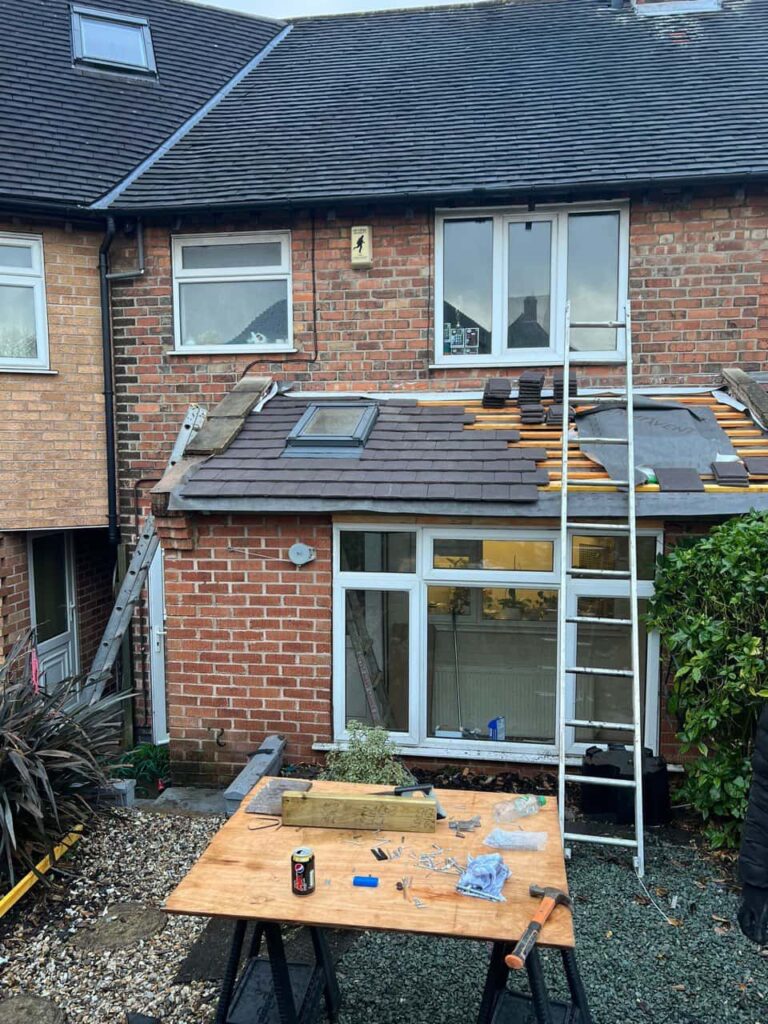Introduction: When installing or repairing a felt roof, selecting the appropriate thickness and weight of the roofing material is crucial. Felt roofing, also known as bitumen roofing, is popular for its durability, weather resistance, and affordability. However, the thickness and weight of the felt play a significant role in determining the performance and longevity of the roofing system. In this blog post, we’ll discuss the factors to consider when choosing the right thickness and weight of felt roofing for your project.
Understanding Felt Roofing Thickness:
- Felt roofing is available in various thicknesses, typically measured in millimetres (mm). The thickness of the felt affects its durability, waterproofing capabilities, and overall performance. Thicker felts offer enhanced protection against punctures, tears, and weather damage, making them suitable for areas prone to harsh weather conditions or heavy foot traffic.
Factors Influencing Thickness Selection:
a. Climate: In regions with extreme weather conditions, such as heavy rain, snow, or high winds, thicker felts provide better insulation and protection against water infiltration and structural damage.
b. Building Use: The intended use of the building, whether residential, commercial, or industrial, influences the choice of felt thickness. High-traffic areas or buildings with flat or low-pitched roofs may require thicker felts to withstand constant foot traffic and potential impact damage.
- c. Building Codes: Local building codes and regulations may specify minimum requirements for felt roofing thickness based on climate zone, building type, and other factors. Compliance with these standards ensures the structural integrity and safety of the roofing system.
Evaluating Felt Roofing Weight:
- The weight of felt roofing is typically measured in grams per square meter (gsm) or pounds per square (psf). The weight of the felt reflects its density, strength, and resistance to tearing and stretching. Heavier felts generally offer greater durability and longevity but may require additional structural support.
Choosing the Right Weight:
a. Lighter Weights (e.g., 15-20 lbs/100 sq. ft.): Lighter felts are suitable for temporary roofing repairs, sheds, or low-budget projects where cost is a significant consideration. However, they may offer less durability and weather resistance compared to heavier options.
b. Medium Weights (e.g., 30-40 lbs/100 sq. ft.): Medium-weight felts balance cost-effectiveness and performance. They provide adequate protection for residential roofs and low-slope applications without overburdening the structure.
- c. Heavy Weights (e.g., 50-90 lbs/100 sq. ft.): Heavy-duty felts are ideal for commercial, industrial, or high-traffic areas where superior durability and weatherproofing are essential. They offer excellent resistance to punctures, tears, and UV damage, ensuring long-term performance and reliability.
Conclusion: Choosing the right thickness and weight of felt roofing is essential for achieving a durable, weather-resistant, long-lasting roofing system. Homeowners and contractors can select the most suitable felt roofing product by considering factors such as climate, building use, local building codes, and budget constraints. Consulting with a professional roofing contractor can provide valuable insights and recommendations to ensure the success of your felt roofing project. With the proper selection and installation, felt roofing can provide reliable protection and peace of mind for years.
Call us on: 01737 949 790
Click here to find out more about Redhill Roofing Repairs
Click here to complete our contact form and see how we can help with your roofing needs.

